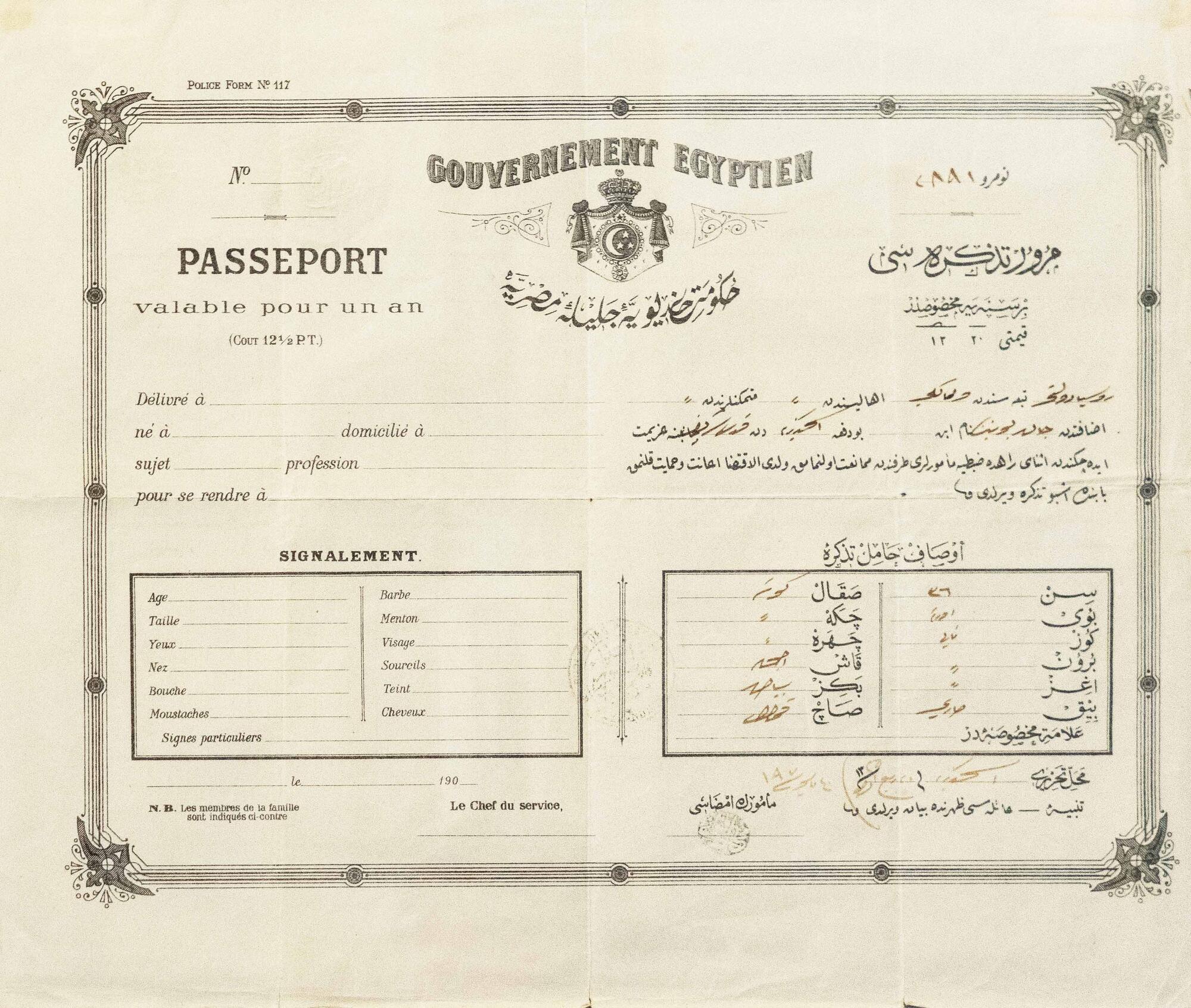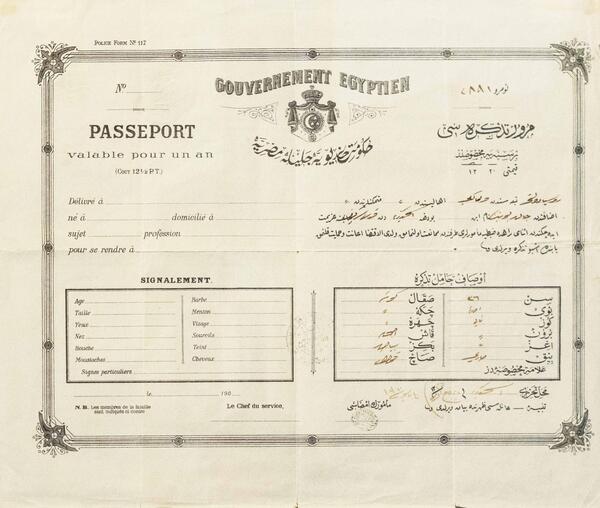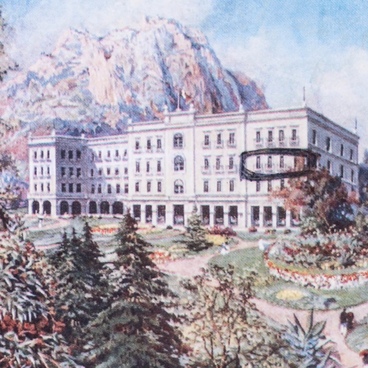Travelling played an important role in Bunin’s life. In his youth, he travelled a lot around Russia, and after 1900 he regularly went abroad. “I have been to Turkey more than once, along the shores of Asia Minor, in Greece, in Egypt, right up to Nubia, travelled through Syria, Palestine, was in Oran, Algeria, Constantinople, Tunisia and on the outskirts of the Sahara, sailed to Ceylon, travelled almost all Europe, especially Sicily and Italy <…>, was in some cities of Romania, Serbia, ” wrote Ivan Alekseevich in “Autobiographical note”.
Bunin became interested in the history and culture of the East when he visited Constantinople in 1903. The writer strove to comprehend the “longing of all countries and all times”, to understand the connection between the past and the present, to unravel the mysteries of human existence.
In the book “Conversations with Memory”, Vera Muromtseva wrote about Egypt: “We barely got any sleep because of the heat and mosquitoes. We fell asleep by dawn. But still we felt refreshed, vigorous – in Cairo it is easy to breathe from dryness, and besides, we were on our way to the pyramids! <…> Here is the Nile, but now it is different than the day before – all in morning steam, and the palm trees seem simpler against the pale sky. …> Already at the end of the alley the pyramids can be distinguished. Ian [Bunin] compares them to village drying-houses. From a distance, they don”t seem grandiose. <…> And here we are alone at the foot of Cheops, and only here, coming close to the pyramid, I feel its size. But we dare neither climb on it, nor examine it inside – it’s too hot! We go around all the pyramids, marvel at the height of each rough ledge and with our whole being understand what ‘Egyptian’ work means, remember Baalbek. Then we stand for a long time in front of the sphinx, which is engulfed. The Sphinx makes a stronger impression on me than the pyramids – with its power and mystery. <…> When we arrived in Cairo, it seemed to us that we were in a dead city: silence, desolation, shuttered windows, and already twirling with hot dust. <…> Old Cairo is an impressive city, there are up to five hundred mosques alone. The minarets here are exquisite, ornate, they rise above heavy, often striped mosques’.
Bunin became interested in the history and culture of the East when he visited Constantinople in 1903. The writer strove to comprehend the “longing of all countries and all times”, to understand the connection between the past and the present, to unravel the mysteries of human existence.
The museum exhibit represents an interesting document – the Egyptian passport of Ivan Bunin, dated 1910. In 1910-1911, Bunin and Muromtseva set off on a trip to Ceylon through Constantinople and Egypt. “We thought to spend more than a month in Egypt”, – Vera Nikolaevna wrote. The Bunins stayed in Egypt “for more than 6 weeks, and having visited Cairo, they got to know it well”.
In the book “Conversations with Memory”, Vera Muromtseva wrote about Egypt: “We barely got any sleep because of the heat and mosquitoes. We fell asleep by dawn. But still we felt refreshed, vigorous – in Cairo it is easy to breathe from dryness, and besides, we were on our way to the pyramids! <…> Here is the Nile, but now it is different than the day before – all in morning steam, and the palm trees seem simpler against the pale sky. …> Already at the end of the alley the pyramids can be distinguished. Ian [Bunin] compares them to village drying-houses. From a distance, they don”t seem grandiose. <…> And here we are alone at the foot of Cheops, and only here, coming close to the pyramid, I feel its size. But we dare neither climb on it, nor examine it inside – it’s too hot! We go around all the pyramids, marvel at the height of each rough ledge and with our whole being understand what ‘Egyptian’ work means, remember Baalbek. Then we stand for a long time in front of the sphinx, which is engulfed. The Sphinx makes a stronger impression on me than the pyramids – with its power and mystery. <…> When we arrived in Cairo, it seemed to us that we were in a dead city: silence, desolation, shuttered windows, and already twirling with hot dust. <…> Old Cairo is an impressive city, there are up to five hundred mosques alone. The minarets here are exquisite, ornate, they rise above heavy, often striped mosques’.



